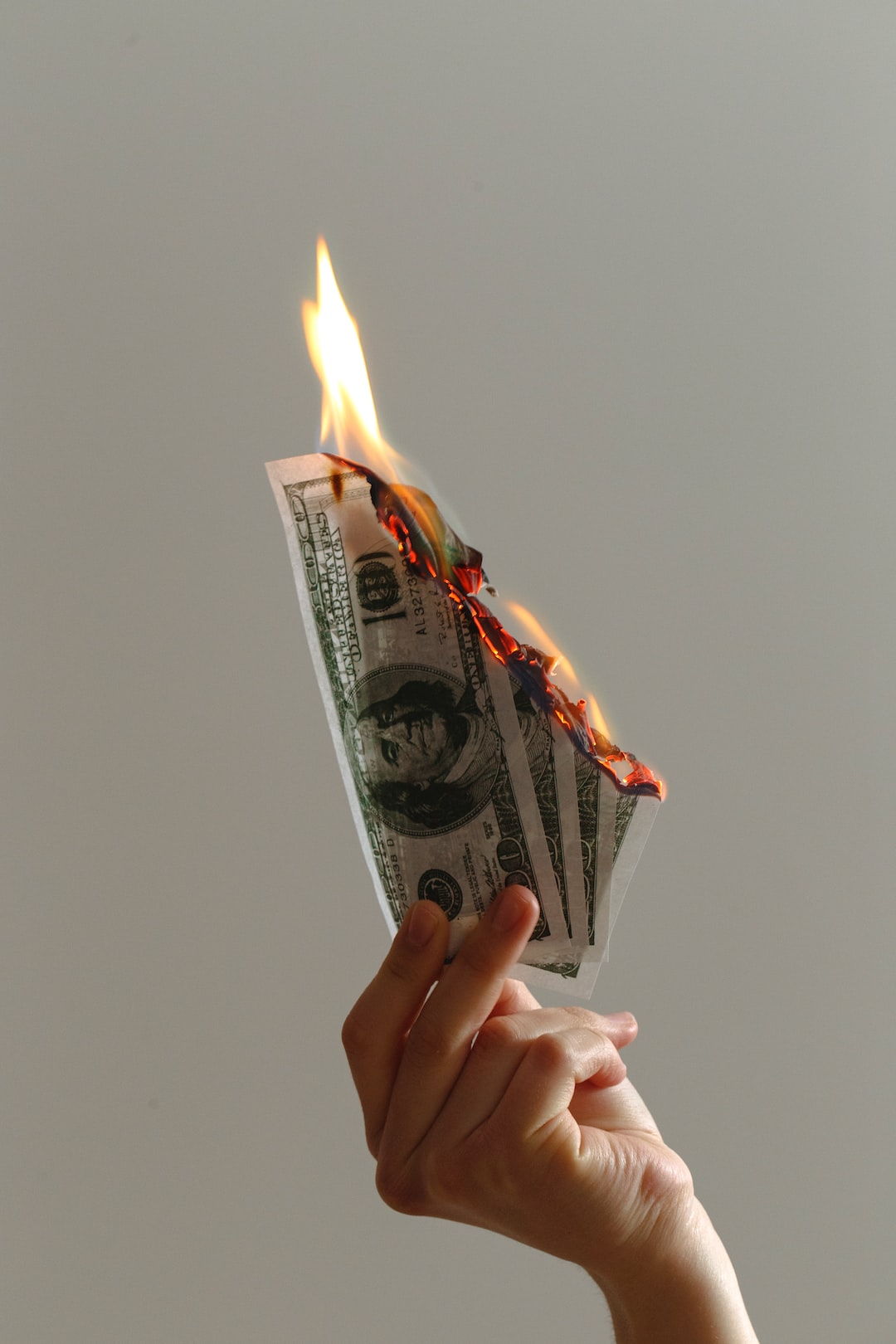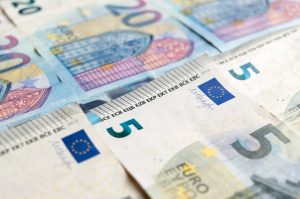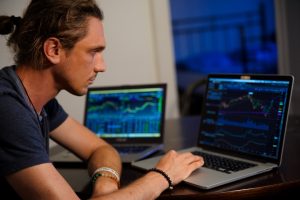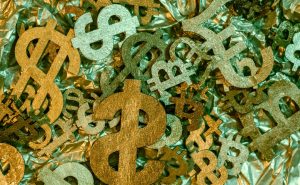Forex trading is a popular investment opportunity that allows traders to speculate on the price movements of various currencies. Forex trading involves buying and selling currencies in pairs, such as the EUR/USD or GBP/USD, to make a profit. The price of each currency pair is quoted in pips, which are the smallest units of measurement in forex trading.
One of the most important concepts in forex trading is leverage, which allows traders to control large positions with a small amount of capital. Leverage is expressed as a ratio, such as 1:50 or 1:100. In this article, we will explain what 1:50 means in forex trading and how it affects your trading strategy.
What is leverage in forex trading?
Leverage is a tool that allows traders to increase their buying power and control larger positions than their capital would allow. In the forex market, leverage is provided by brokers, who lend money to traders to increase their trading power. For example, if a trader has a capital of $1,000 and uses 1:50 leverage, he or she can control a position of $50,000.
Leverage is expressed as a ratio, such as 1:50, 1:100, or 1:200. The first number in the ratio represents the amount of capital that is required to open a trade, while the second number represents the amount of leverage that is provided by the broker. For example, if a broker offers 1:50 leverage, a trader will need to deposit $2,000 to open a position worth $100,000.
What does 1:50 mean in forex trading?
1:50 leverage means that a trader can control a position that is 50 times larger than his or her capital. For example, if a trader has a capital of $1,000 and uses 1:50 leverage, he or she can control a position of $50,000. This means that the trader can make a profit or loss based on the price movements of the entire position, not just the capital invested.
Using leverage in forex trading can be risky because it amplifies both profits and losses. For example, if a trader uses 1:50 leverage and the position moves in his or her favor by 1%, he or she can make a profit of $500. However, if the position moves against the trader by 1%, he or she can lose $500. This is why it is important to use leverage wisely and to understand the risks involved.
How to use 1:50 leverage in forex trading?
To use 1:50 leverage in forex trading, a trader needs to open a trading account with a broker that offers this type of leverage. The trader also needs to deposit the required amount of capital, which is calculated based on the leverage ratio. For example, if the trader wants to use 1:50 leverage and control a position of $50,000, he or she needs to deposit $1,000.
Once the trader has deposited the required amount of capital, he or she can start trading forex. The trader can choose a currency pair to trade, such as the EUR/USD or GBP/USD, and place a buy or sell order. If the trader expects the price of the currency pair to rise, he or she can place a buy order, and if the trader expects the price to fall, he or she can place a sell order.
To manage the risks of using 1:50 leverage, a trader can use stop-loss orders, which are orders that automatically close a position when the price reaches a certain level. For example, if a trader uses 1:50 leverage and opens a position of $50,000, he or she can set a stop-loss order at $49,000 to limit the potential loss to $1,000.
Conclusion
1:50 leverage is a powerful tool in forex trading that allows traders to control larger positions than their capital would allow. However, leverage also amplifies both profits and losses, which can be risky for inexperienced traders. It is important to use leverage wisely and to understand the risks involved. By using stop-loss orders and other risk management strategies, traders can minimize the risks of using 1:50 leverage and maximize their profits in forex trading.

